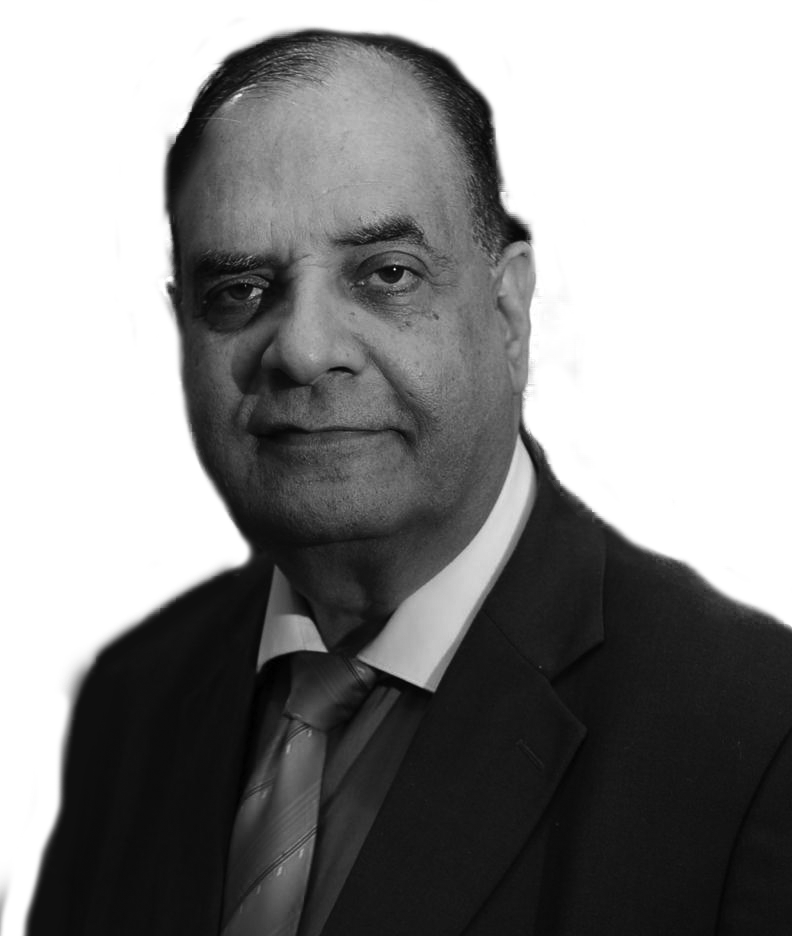Rising cost of living, falling income and mass layoffs have significantly dented the growth of the aspirational middle class.
NEW DELHI: Finance Minister Nirmala Sitharaman said on 15 January that she identified herself as a member of the middle class and understood the pressures it faced. Hope she reads and remembers Kautilya. In Arthshastra, Kautilya described the qualities of the ruler, the King: “The happiness of the people is the happiness of the King; their good alone is his, his personal good is not true good; the only true good being that of his people. Therefore, let the King be active in working for the prosperity and welfare of his people.”
Every year, before the presentation of the Union Budget, talk of the middle-class crops up in clockwork fashion, as Indians start hoping for some help from the finance minister to boost their disposable income. For India’s political and economic stability, it is important that we have truly inclusive growth, a growth that benefits every citizen of the country, especially those who are at the margins of society and at the base of the socioeconomic pyramid.
When we talk about the middle class, senior citizens are a classic example, as they have little to no salary income, but live on their savings or incomes derived from these savings. As per the World Inequality Database, the net personal wealth of the middle 40% of Indians was just over Rs 3 lakh in 2021. Logic dictates one should look at the income distribution of Indians and zero in on those in the “middle”. According to data from the Income Tax Department for the financial year 2017-18, more than 81 lakh tax returns were filed by people falling in the annual salary bracket of Rs 5.5-9.5 lakh, with an average salary of Rs 7.12 lakh. These returns accounted for just over 28% of all individual tax returns filed for the year with an annual salary of at least one rupee. The lack of a precise definition has not prevented economists and academics from trying to nail down the middle class. Experts believe that the middle class, especially households earning Rs 5-10 lakh annually, are suffering the most as they do not even qualify for subsidies and have to bear the full brunt of inflation. Many economists have said that inflation is like a tax on the poor and the middle class.
The Centre for Global Development, an independent research organisation, defined India’s middle class as that section which has “reasonable economic security in today’s globalised world”. Using data from the 2009-10 National Sample Survey, the paper estimated the size of India’s middle-class at around 70 million people using a daily per capita income range of $10-50 in 2005 purchasing power parity dollars. In March 2021, using a daily per capita income range of $10.01-20 in 2011 purchasing power parity dollars, the global
Presently, the middle class of this country are approximately 30% of the Indian population. However, according to a recent report, in 2047, two out of every three Indians would fall into the middle-class category with an income-attracting tax burden of 5% to 30% of the net total income. As per a recent survey, the majority of the Indian middle class has been eyeing the fine print of the 2023 Budget with a racing beat and patient breath to see if the Indian economic approach is indeed pragmatic or not. Increment in the tax exemption limit from Rs. 2.5 lakh to Rs 5 lakh, deductions under Section 80C of the Income Tax Act, 1961, and exemption limits revolving around education loans under Section 80E of the Income Tax Act, 1961, are a few areas over which the middle class is anticipating relief.
The maturity of Indian tax policies has gradually deepened. Retreating from its aggressive tax collection approach to adopting an invest-friendly outlook, the Indian taxation framework has endeavoured to accommodate all–the Sabka Vishwas Legacy Dispute Resolution Scheme and guarding the shields down on retrospective taxation recovery are two such examples which reflect the pragmatism attributable to the tax-related decision-making process.
Ergonomic pragmatism in the form of revising the threshold limits of income for tax exemption in a piecemeal but continuous fashion over a consecutive period of years would achieve two targets with a single arrow—it will gradually unburden the tax liability of the middle class, and secondly, owing to increasing population and the proportional increase of the middle class, the economy would not be subjected to any shock and awe from such unburdening as there wouldn’t be any dilution of tax collections.
Therefore, adopting a pragmatic approach to unburden the Indian middle class from the otherwise felt onerous tax liabilities would benefit the Indian government as what it would lose in the swings, it would earn way more in the roundabouts. India’s middle-class population will have high expectations from Finance Minister Nirmala Sitharaman, who will present the Union Budget 2023 on 1 February. The middle class, considered the central artery of the Indian economy, has been driving the country’s world-beating growth for years. But the rising cost of living, falling income and mass layoffs across industries have significantly dented the growth of the aspirational middle class, and threaten to significantly disrupt the growth of the Indian economy in FY24.
The writer is the Editorial Director of ITV Network-India News and Daily Aaj Samaj.

